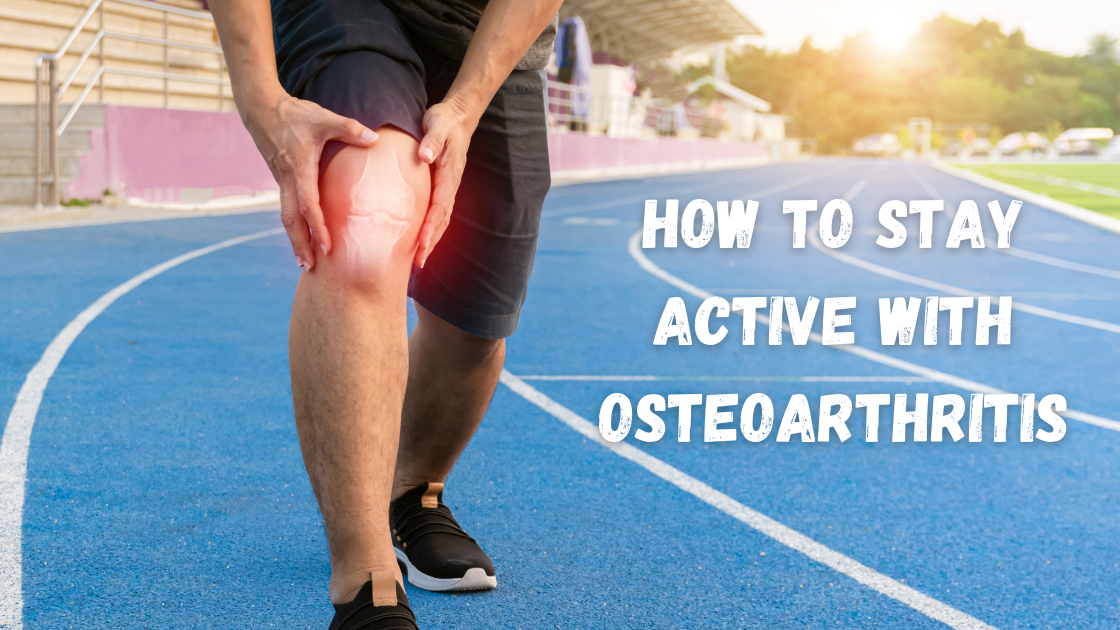Osteoarthritis, often referred to as OA, is the most common form of arthritis that impacts millions of people around the world. Osteoarthritis can affect any joint in the body, although it is most commonly found in the joints of the hands, spine, knees, and hips. When an individual has osteoarthritis, the protective cartilage that serves as a cushion on the ends of joints wear down over time, leading to symptoms such as pain, stiffness, and tenderness in the affected area. Symptoms typically develop gradually and worsen as the condition progresses, leading to loss of flexibility, swelling, and even bone spurs, which are extra pieces of bone that cause the formation of a hard lump.
Anyone can become diagnosed with OA, although the common risk factors include old age, obesity, joint injuries or repeated stress, and genetics. Women are more likely to develop osteoarthritis as well, and certain metabolic diseases, such as diabetes, can serve as a risk factor.
Although common, receiving an osteoarthritis diagnosis can be troubling, especially due to the degenerative nature of the disease. You may tend to think that an OA diagnosis means that you can’t enjoy activities involving movement and exercise, but exercise is actually vital for people with arthritis. It may seem overwhelming to implement or maintain an exercise schedule when living with a condition that can make movement difficult or painful, so doctors suggest starting small and listening to your body.
Some common forms of effective exercise for individuals with osteoarthritis include range-of-motion exercises, such as raising your arms and rolling your shoulders, and strengthening exercises, such as weight training focused on alternate body parts throughout the week. Additionally, aerobic exercise that is low impact, including bicycling, swimming, or using the elliptical machine at the gym, can help.
It is important to listen to your body whenever exercising, especially when living with a condition like OA. Doctors and physical therapists recommend that individuals exercise with slow, gentle, and easy movements while keeping the impact low, applying warm heat to affected joints prior to exercise to relax and ease pain, and to ice the joints after exertion to reduce potential swelling.

Join a Clinical Trial with BTC of New Bedford
If you or a loved one is living with osteoarthritis, consult a doctor for guidance before beginning any exercise regimen. BTC of New Bedford is enrolling individuals with OA of the knee for a clinical study. Learn more today to see if you qualify!

